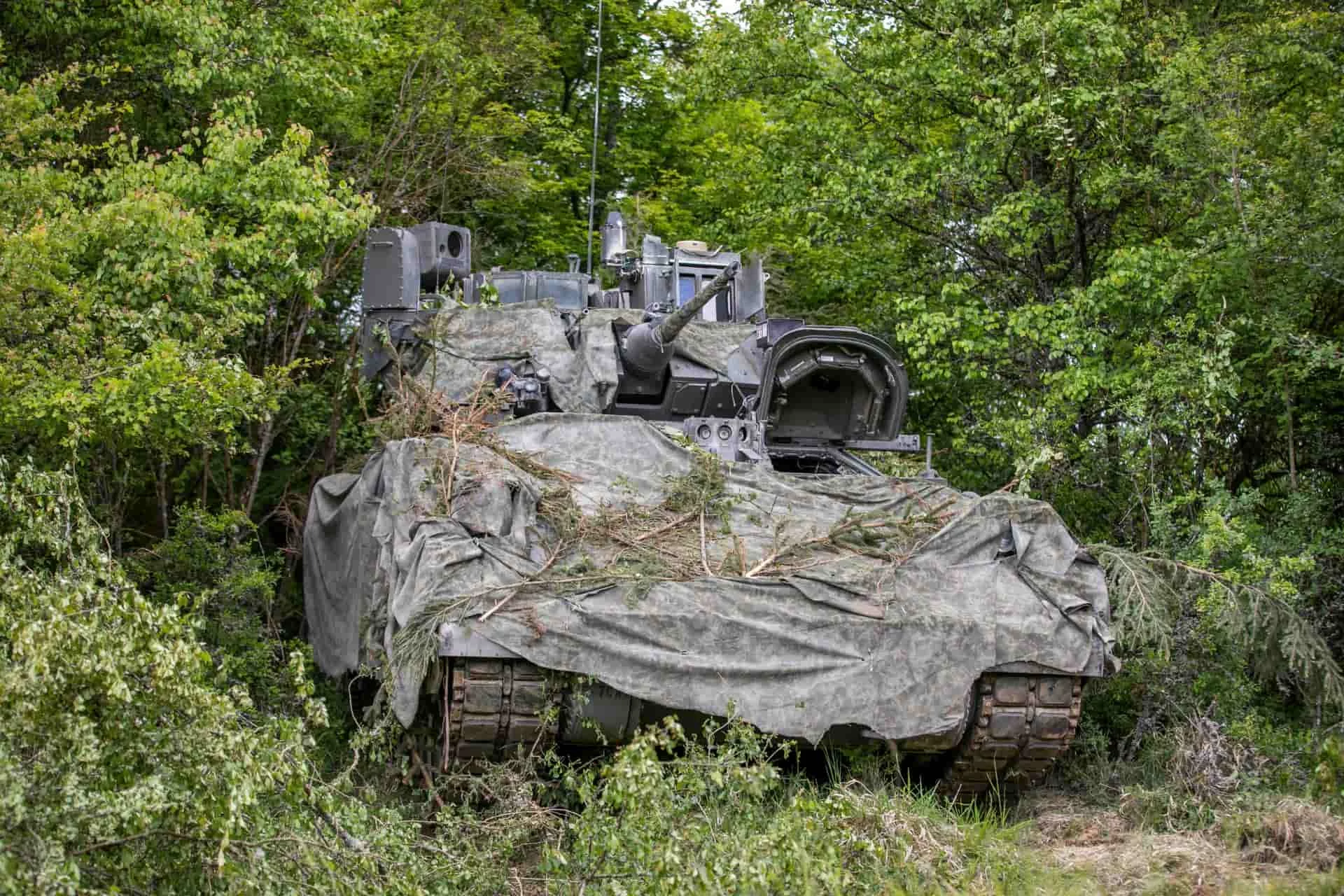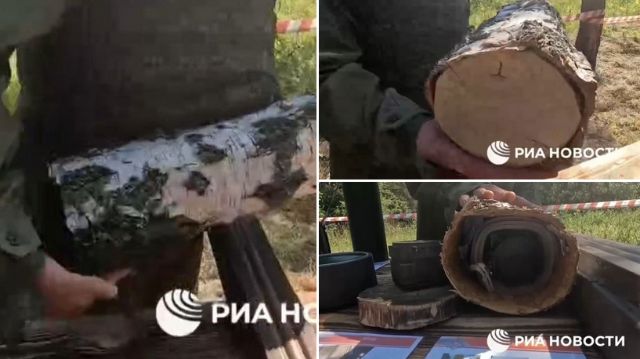In an era where global tensions are simmering, particularly in the volatile Indo-Pacific region, nations are racing to modernize their militaries with cutting-edge technology. Australia, a key player in this geopolitical chessboard, has just made a bold move to strengthen its defensive capabilities. On August 19, 2025, the U.S. Department of State greenlit a potential Foreign Military Sale (FMS) to Australia, paving the way for the acquisition of 161 Javelin Lightweight Command Launch Units (LwCLUs). Valued at an estimated $97.3 million, this deal isn’t just about hardware—it’s a comprehensive package that includes training systems, simulated rounds, battery coolant units, spare parts, technical manuals, integration services, and logistical support. This investment underscores Australia’s commitment to aligning closely with the United States while bolstering its operational readiness against potential threats.
Understanding the Javelin System: A Game-Changer in Anti-Tank Warfare
To appreciate the significance of this procurement, let’s delve into what makes the Javelin system so formidable. Developed jointly by Raytheon and Lockheed Martin, the FGM-148 Javelin is a man-portable, fire-and-forget anti-tank guided missile (ATGM) that’s been a staple in modern warfare since its introduction in the 1990s. Unlike older systems that require constant guidance from the operator, the Javelin allows soldiers to lock onto a target, fire, and immediately seek cover—reducing exposure to enemy fire and increasing survivability on the battlefield.
The star of this deal is the Lightweight Command Launch Unit (LwCLU), the latest evolution of the Javelin’s launcher. Weighing in at just about 5.7 kilograms, it’s a whopping 30% lighter than previous models, making it easier for infantry to carry during long patrols or in rugged terrains. But don’t let the “lightweight” fool you—this unit packs a punch with advanced optics, including a high-definition uncooled infrared sensor and a color day camera. These features extend the recognition range up to 4,000 meters under ideal conditions, allowing troops to spot and engage threats from afar, day or night, in any weather.
What sets the Javelin apart is its top-attack capability. Instead of hitting armored vehicles head-on where armor is thickest, the missile arcs upward and strikes from above, targeting weaker points like the turret roof. This makes it incredibly effective against tanks, armored personnel carriers, and even fortified bunkers. In addition, its thermal imaging ensures precision targeting, turning dismounted infantry into a lethal force capable of neutralizing high-value assets at distances up to 4 kilometers. Beyond combat, the LwCLU doubles as a standalone reconnaissance tool, providing real-time situational awareness that can be crucial in dynamic environments.
Why Australia Needs This Now: Operational Imperatives
Australia’s decision to acquire these systems isn’t arbitrary; it’s a calculated response to evolving battlefield demands. The Australian Army has long recognized gaps in its close-combat arsenal, particularly in anti-armor capabilities. The Javelin fills this void perfectly, offering rapid, precise engagement against a variety of threats, including armored vehicles, fortified positions, and even low-flying helicopters. Its portability and low-signature firing—meaning it doesn’t give away the shooter’s position with a massive smoke trail—make it ideal for decentralized operations.
Imagine scenarios like jungle warfare in dense tropical forests, urban combat in crowded cities, or littoral operations along Australia’s vast coastline. These are the environments where Australian forces might operate, especially in defending against potential amphibious incursions. By equipping infantry battalions, special operations forces, and forward-deployed units—particularly those stationed in the northern territories—the Javelin ensures a quick, survivable response to mechanized threats. This aligns seamlessly with Australia’s shifting military doctrine, which emphasizes dispersed, expeditionary forces capable of operating independently in contested areas.
This procurement builds on Australia’s previous investments. Just last December in 2024, Australia snapped up 350 FGM-148F Javelin missiles for $100 million, indicating a deliberate strategy to layer its defenses with agile, high-tech anti-armor tools. Together, these acquisitions create a robust ecosystem where launchers and missiles work in tandem to deter aggression.
The Geopolitical Backdrop: Tensions in the Indo-Pacific
No defense deal exists in a vacuum, and this one is deeply intertwined with the broader geopolitical landscape. The Indo-Pacific region is a hotspot of military competition, with the People’s Republic of China aggressively expanding its naval presence in the South China Sea and Western Pacific. Beijing’s anti-access/area-denial (A2/AD) strategies, coupled with deepening ties to Russia and Iran, pose direct challenges to regional stability. Australia, situated at the crossroads of vital sea lanes, finds itself on the front lines of this contest.
As a staunch U.S. ally and a pillar of the AUKUS (Australia-United Kingdom-United States) pact, Australia is transitioning from a primarily continental defense posture to one of forward deterrence. Recent force structure reviews highlight priorities like missile systems, long-range fires, and enhanced ground mobility—all of which the Javelin supports. In essence, these missiles aren’t just tactical weapons; they’re integral to a deterrence framework that could thwart enemy armor or amphibious assaults at strategic choke points.
Compare this to other nations’ approaches. For instance, Ireland’s April 2025 purchase of 36 LwCLUs and 44 missiles was more about modernizing for peacekeeping and homeland defense— a smaller-scale effort tailored to neutral operations. Australia’s buy, however, is on a grander scale, signaling preparation for high-intensity conflicts and reinforcing its role in collective security arrangements.
Broader Implications: Strengthening Alliances and Future-Proofing Defense
This sale also highlights the enduring strength of U.S.-Australia military ties. Produced by the Javelin Joint Venture between Raytheon and Lockheed Martin, the systems will be manufactured in the U.S., fostering economic and technological collaboration. For Australia, it means access to proven, battle-tested technology that’s seen action in conflicts like Iraq, Afghanistan, and more recently, Ukraine—where Javelins have famously decimated Russian armored columns.
Looking ahead, this investment propels Australia’s defense transformation toward mobile, networked ground forces with potent anti-access capabilities. As regional security deteriorates, Canberra’s focus on systems like the Javelin demonstrates strategic foresight: the ability to deny armored threats from the outset, in any terrain, with minimal risk to personnel.
In conclusion, Australia’s acquisition of Javelin LwCLUs is more than a transaction—it’s a statement of intent. By deepening its precision strike capabilities, Australia is not only safeguarding its sovereignty but also contributing to a stable Indo-Pacific. As global powers jostle for influence, such moves ensure that Australia remains a formidable force, ready to defend its interests with the best tools available. Stay tuned for more updates on how this evolves in the ever-changing world of international defense.




